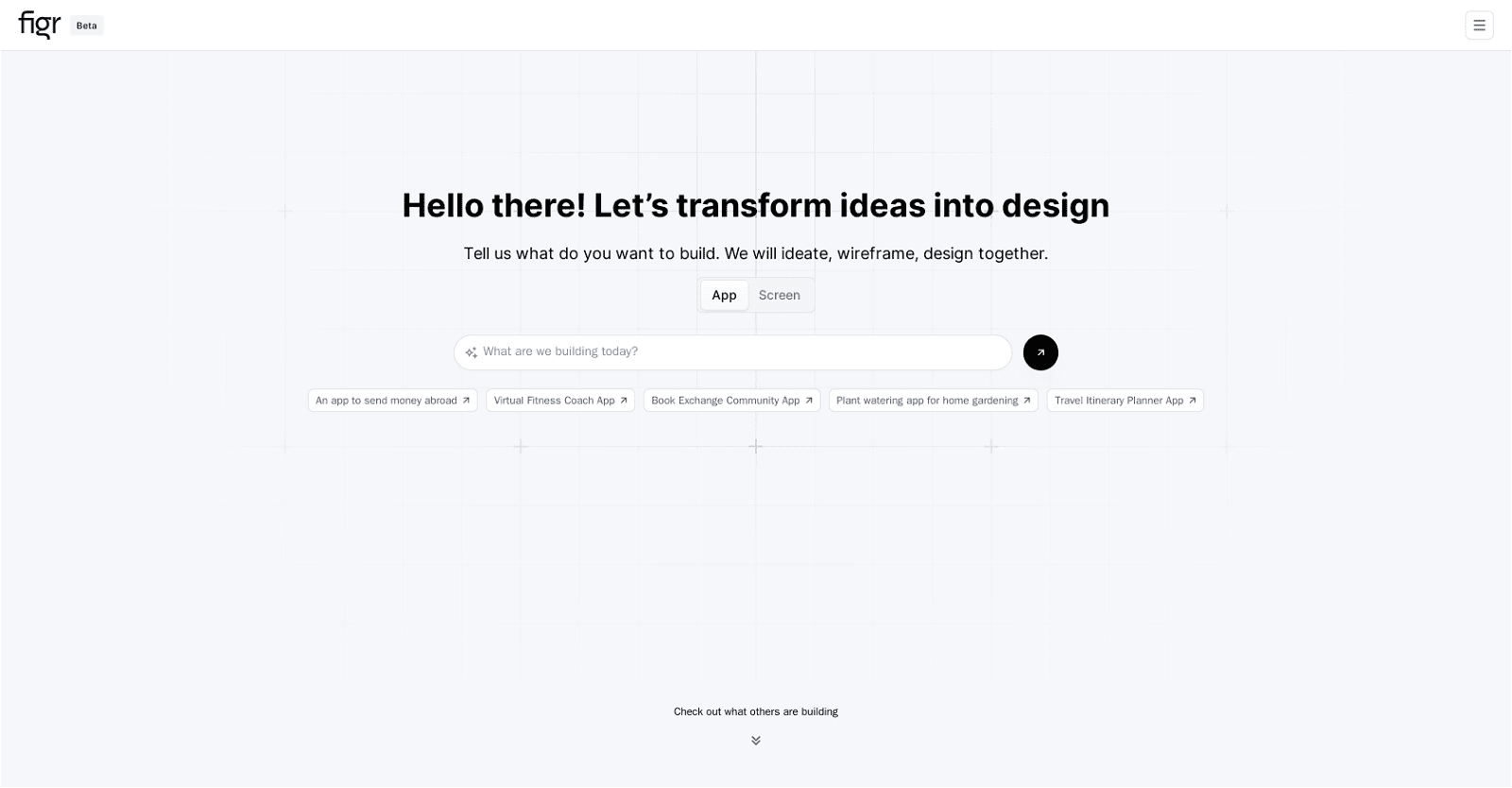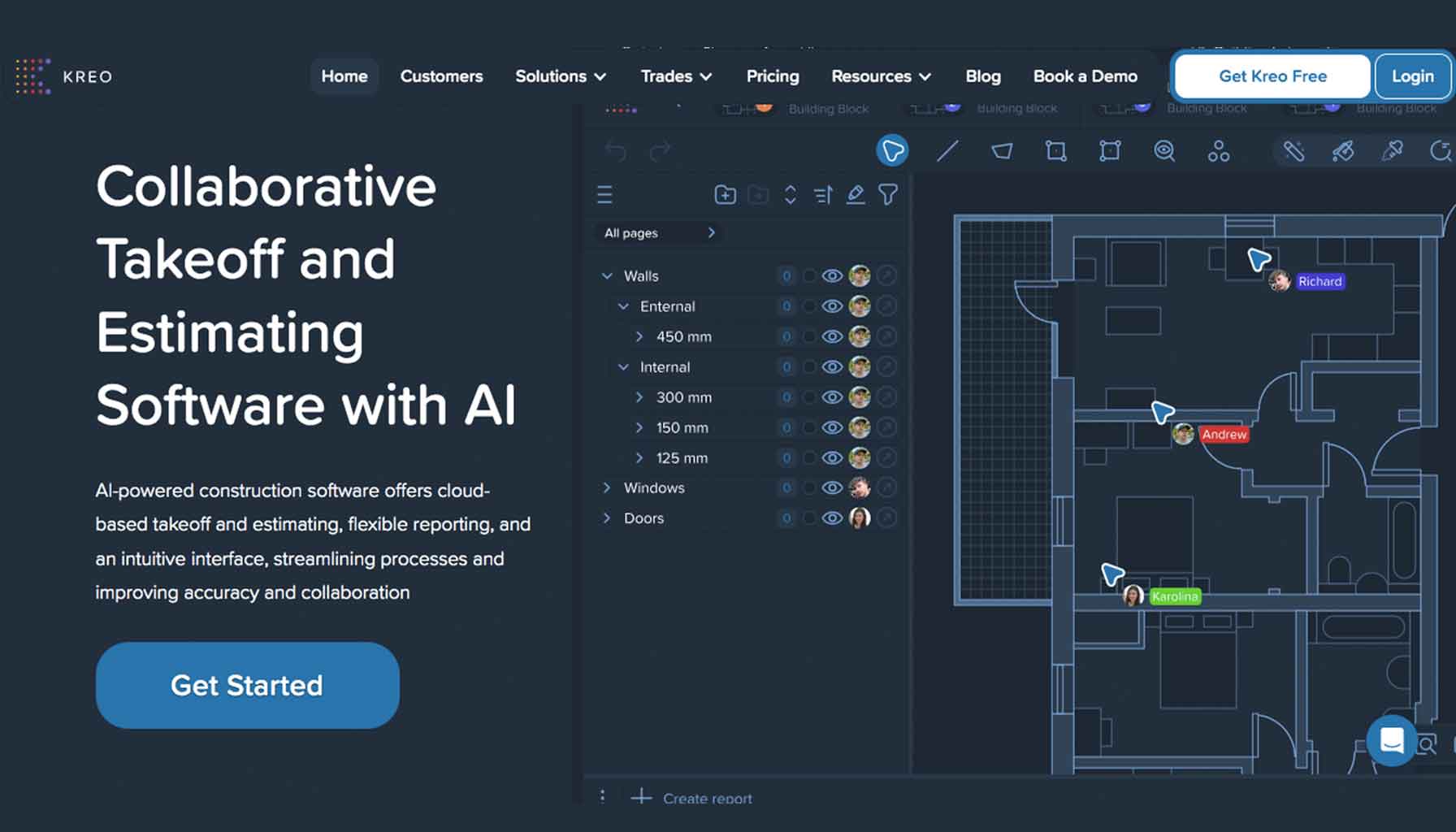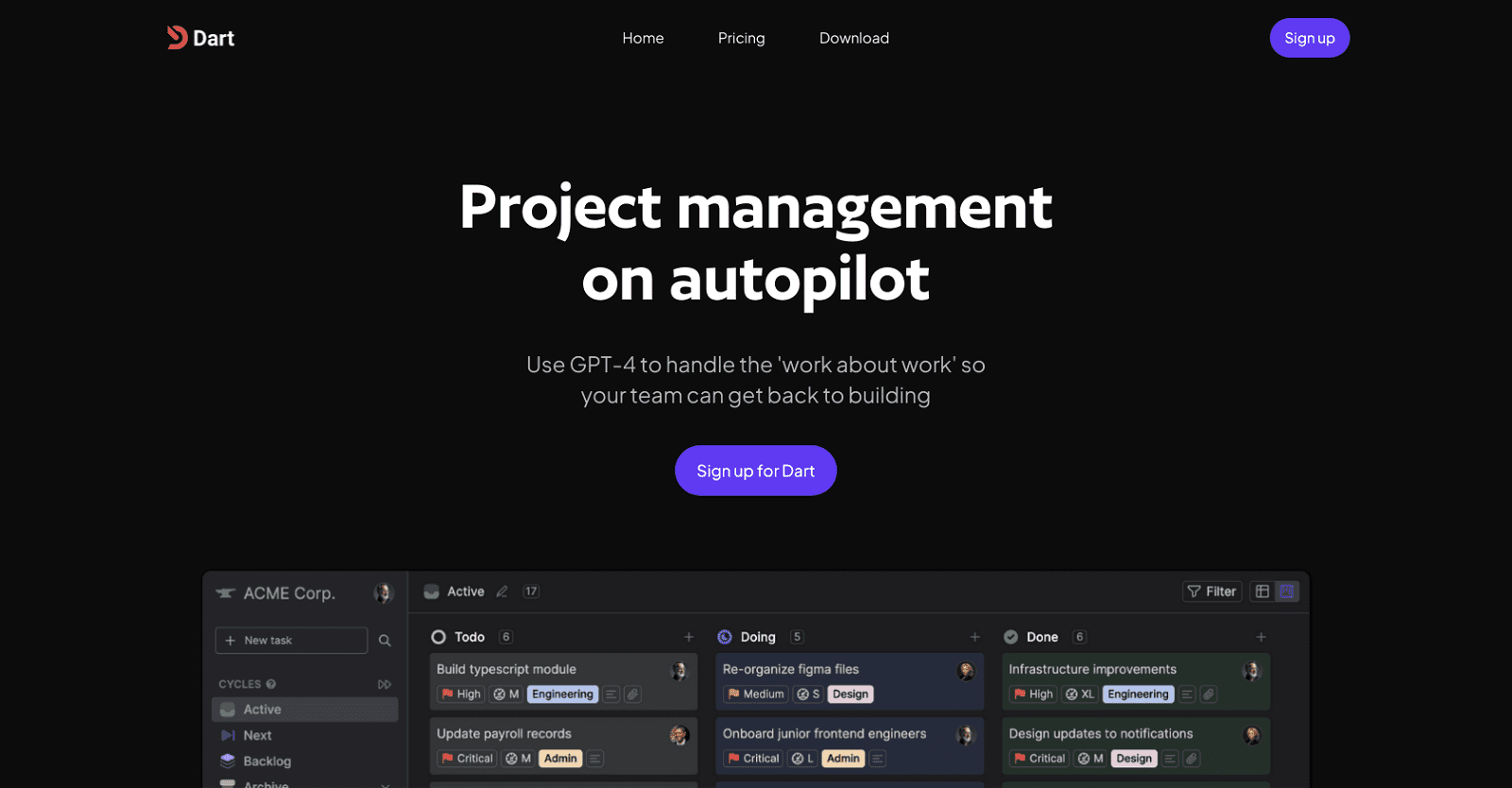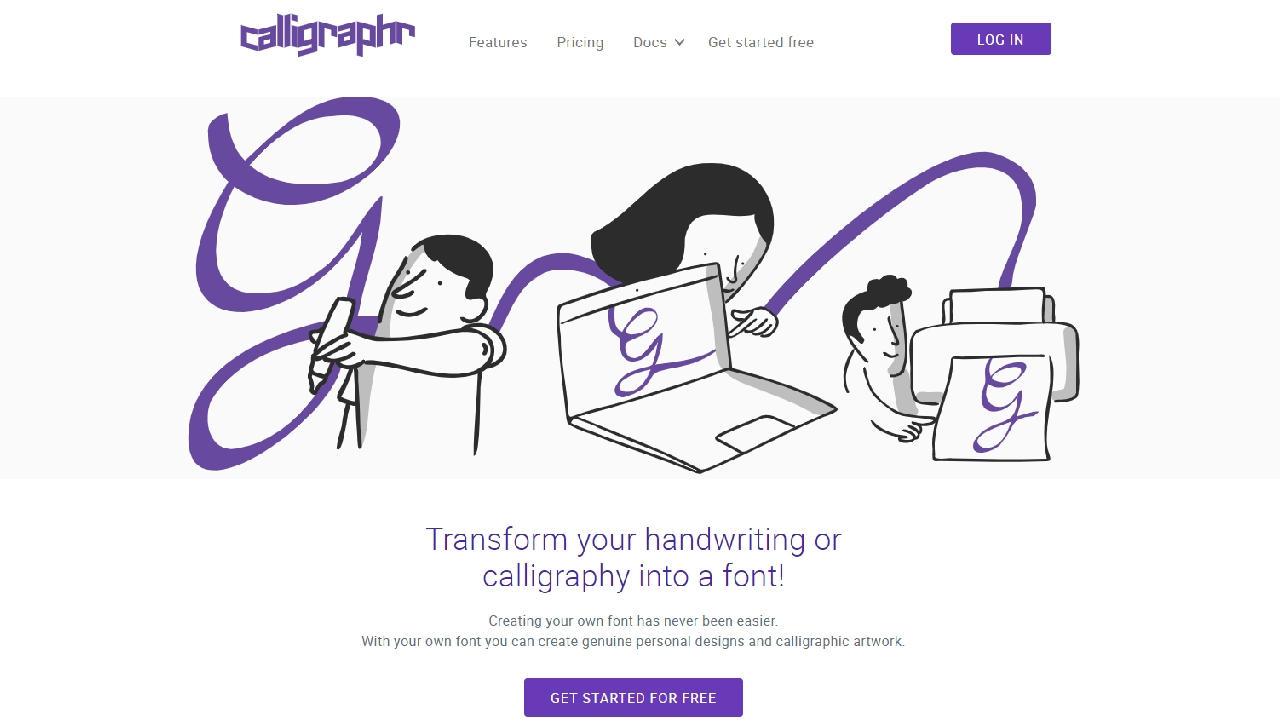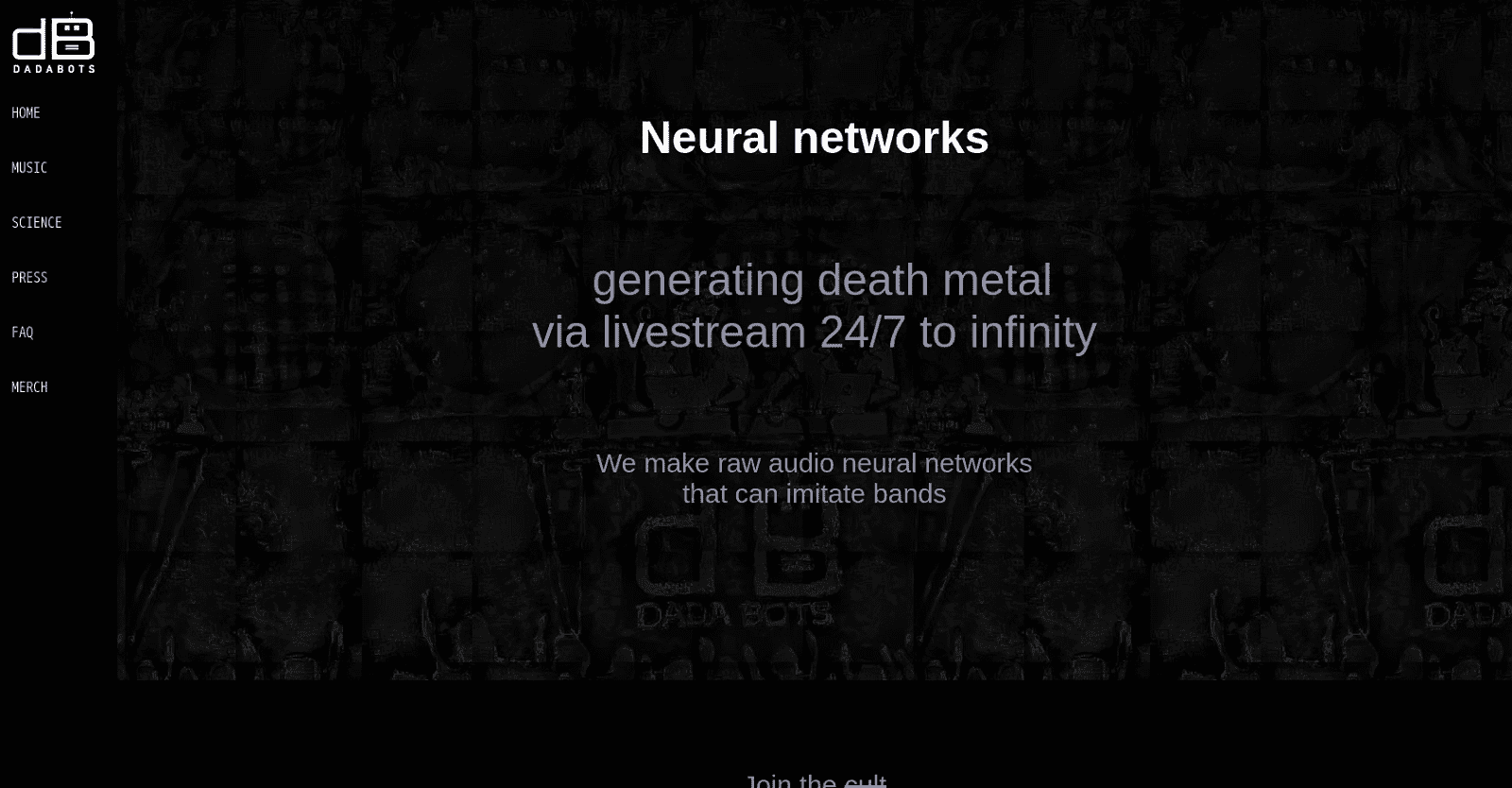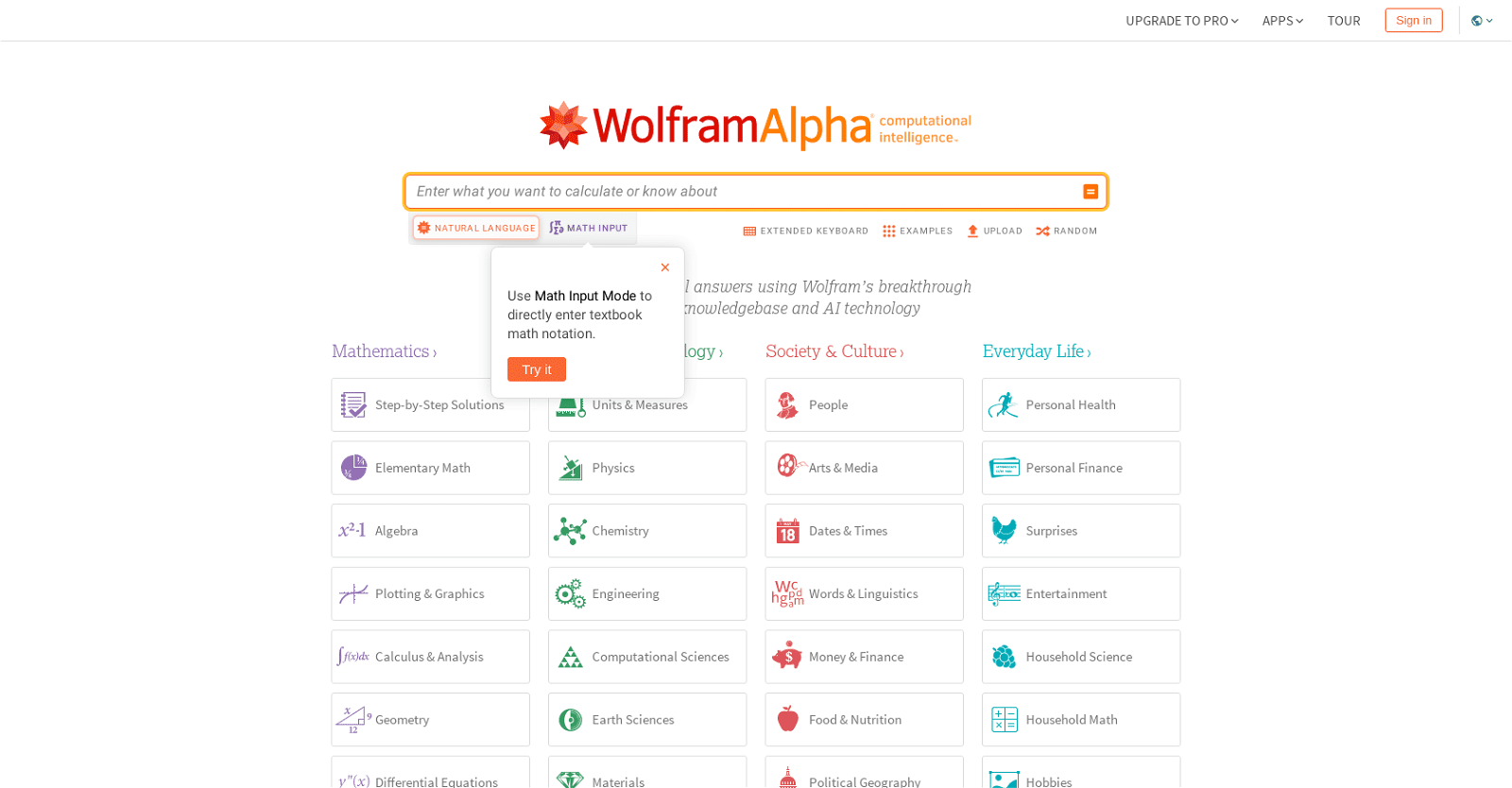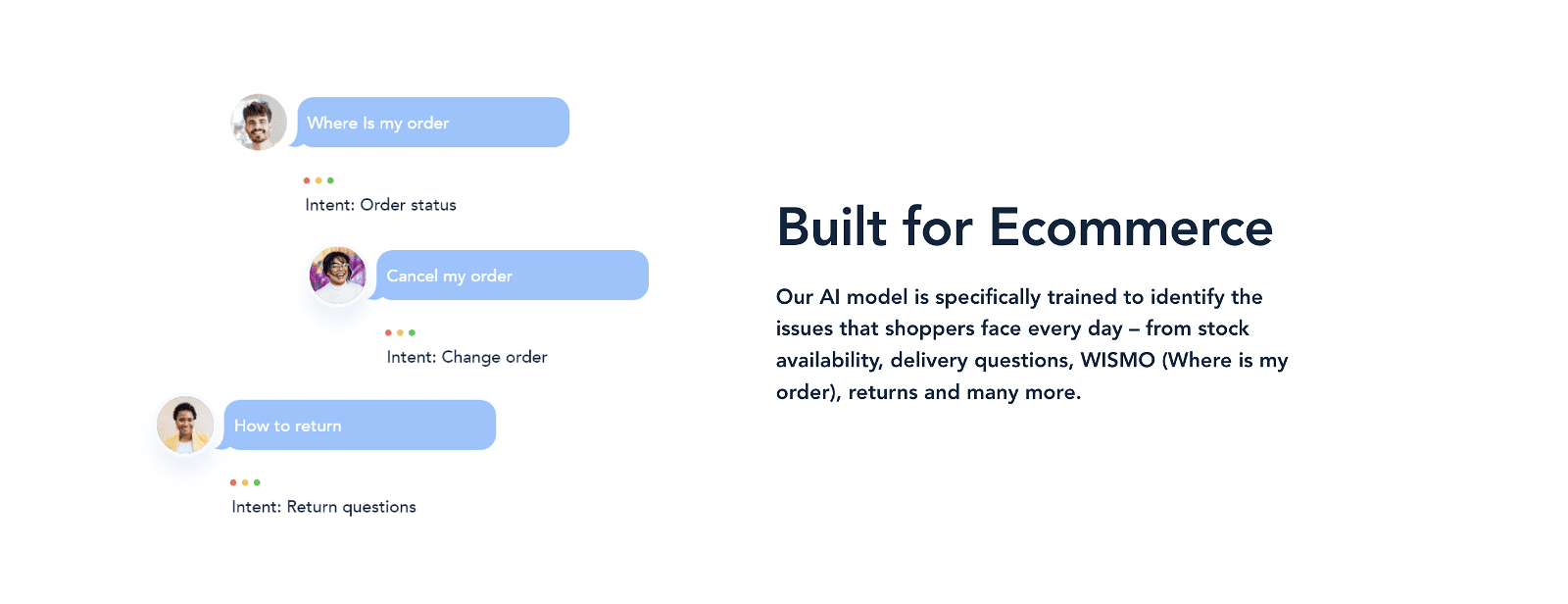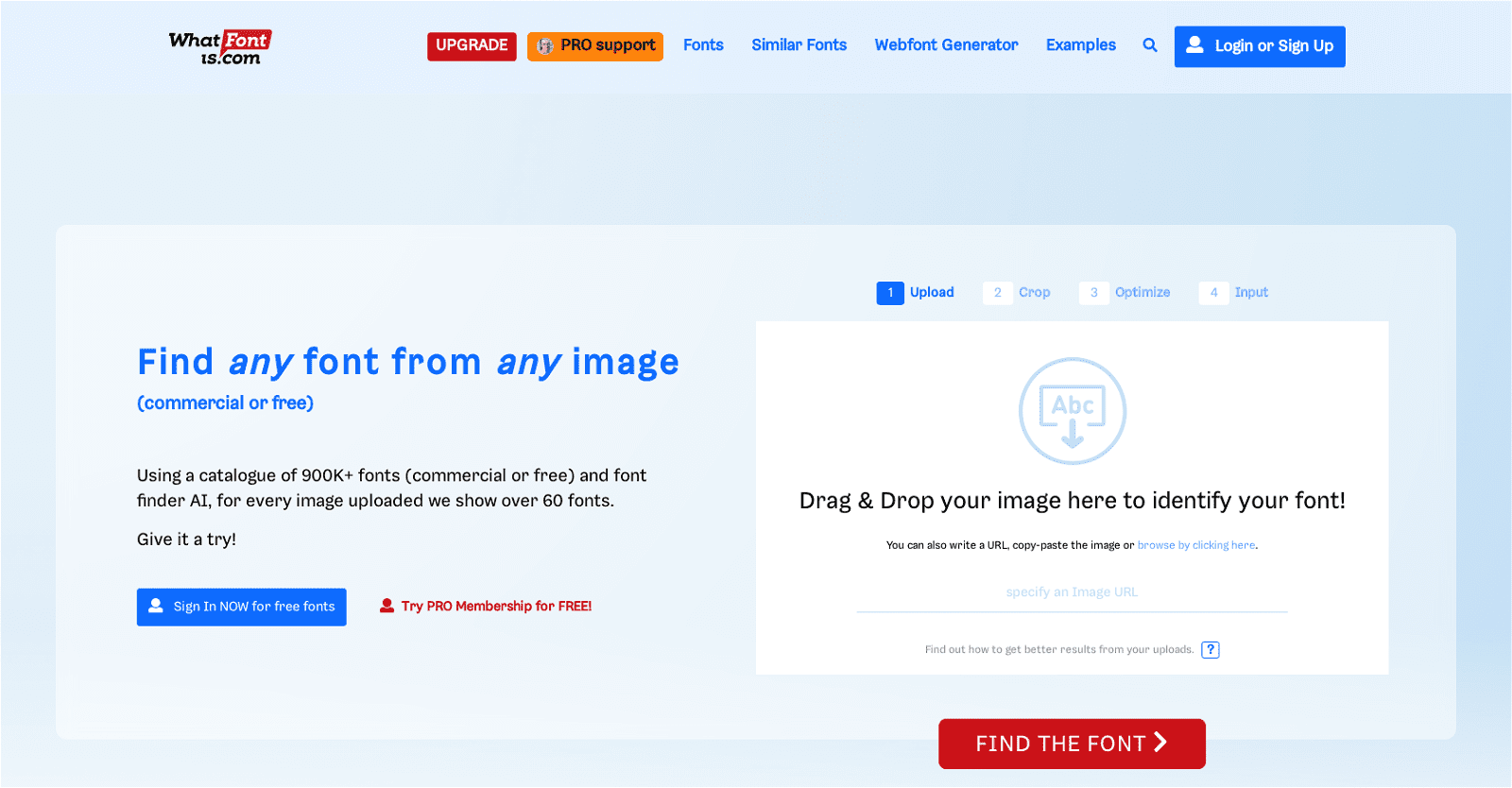Figr Co-pilot serves as a collaborative tool aiding in the ideation, wireframing, and design phases of various building projects. Users input their project intentions, and the tool collaborates with them in brainstorming, wireframing, and designing.
It offers an interactive design approach, involving users from the concept phase onward. Currently in its ‘Early Preview’ stage, the tool is undergoing initial development, with features, interface, and capabilities subject to potential changes and improvements.
Early users play a pivotal role in shaping the tool’s development through their feedback. While not explicitly stated, Figr Co-pilot appears tailored for projects in web or application development, given its emphasis on wireframing and design.
With its collaborative model, Figr Co-pilot has the potential to streamline design processes, making it a valuable tool for individuals and teams seeking to translate ideas into tangible designs.
More details about Figr Co-pilot
What does the term ‘wireframing’ mean in relation to Figr Co-pilot?
“Wireframing,” as used in relation to Figr Co-pilot, is the process of developing a structural plan or blueprint for the user’s project that includes the functional and design features.
Is Figr Co-pilot suitable for team projects?
Figr Co-pilot is a great tool for team projects because of its collaborative character and flexibility to manage a variety of construction tasks.
What is the main purpose of Figr Co-pilot’s collaborative model?
By actively incorporating user ideas and input into the project’s development, Figr Co-pilot’s collaborative methodology aims to optimize the design process.
How does Figr Co-pilot incorporate users’ ideas from the concept phase?
By incorporating user ideas straight into the project’s wireframe and design, Figr Co-pilot integrates user ideas from the concept phase.
